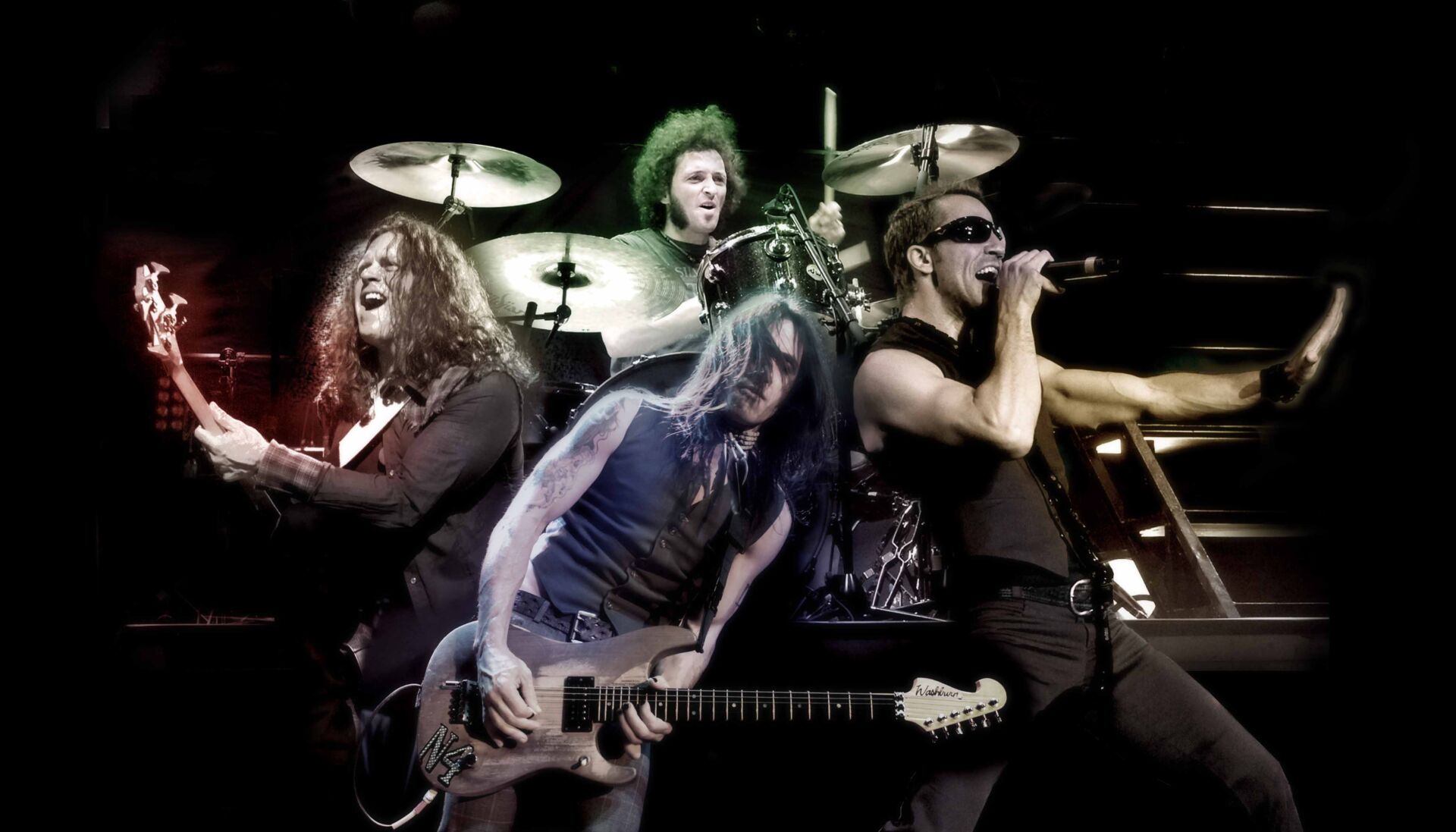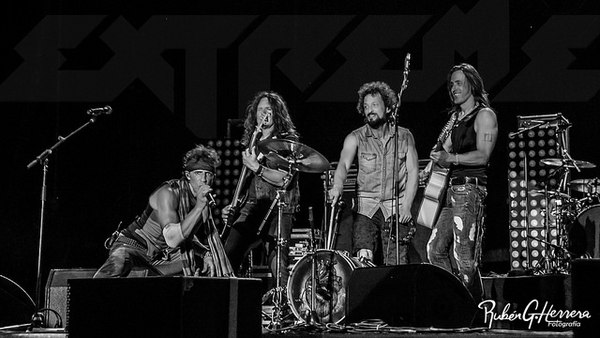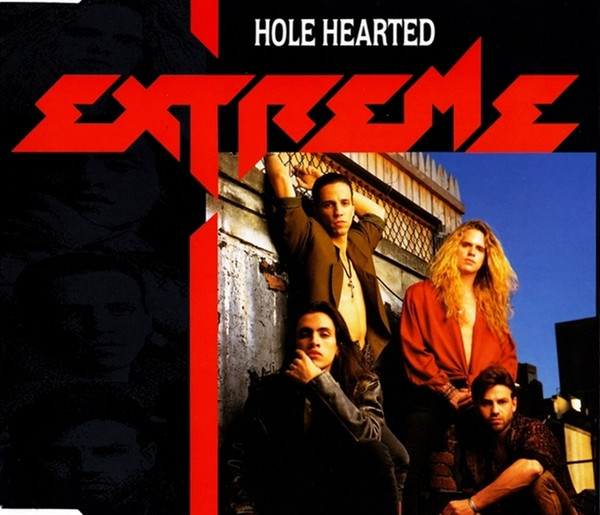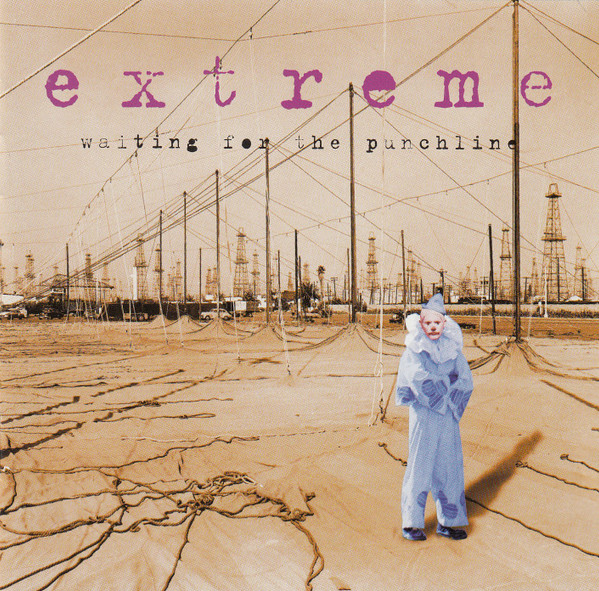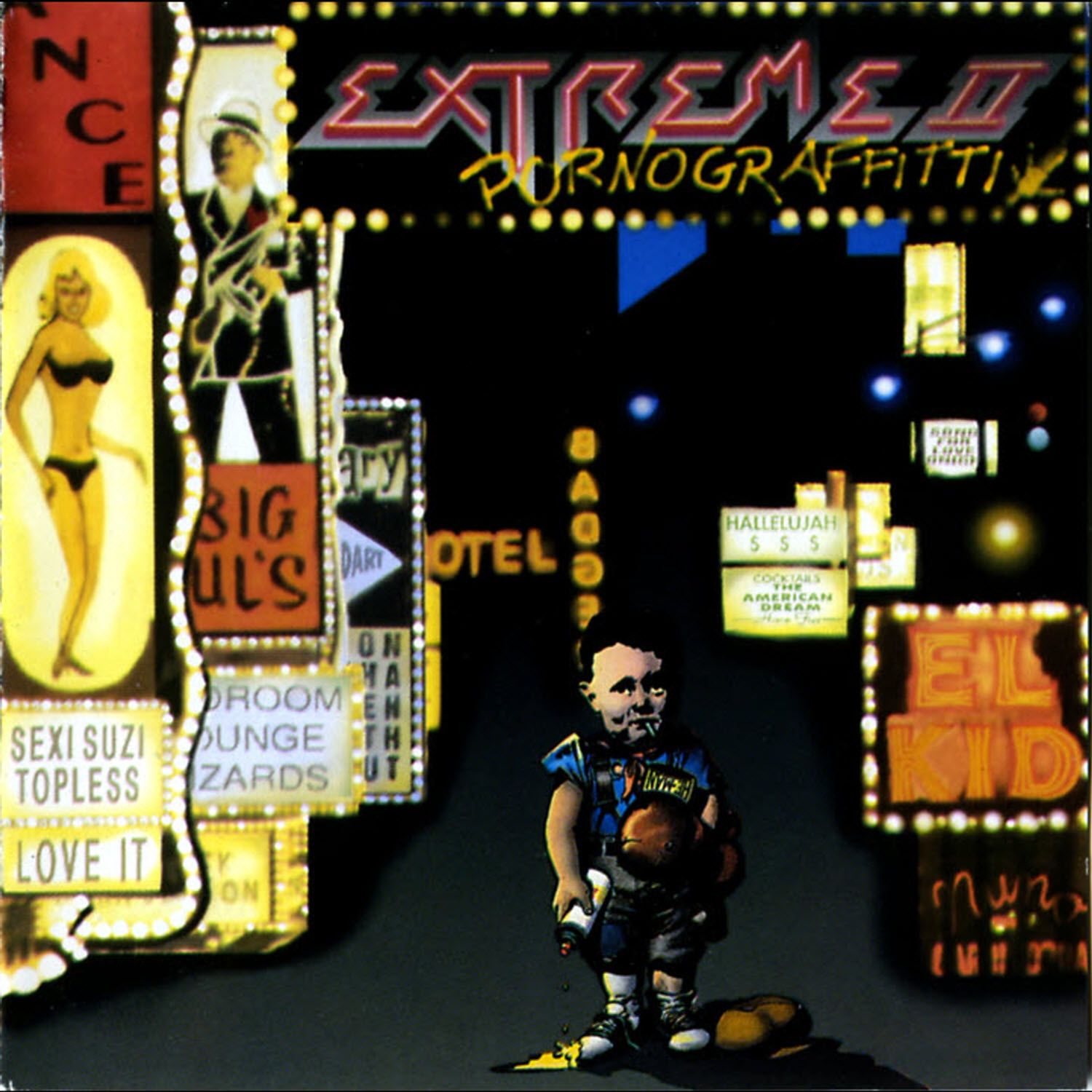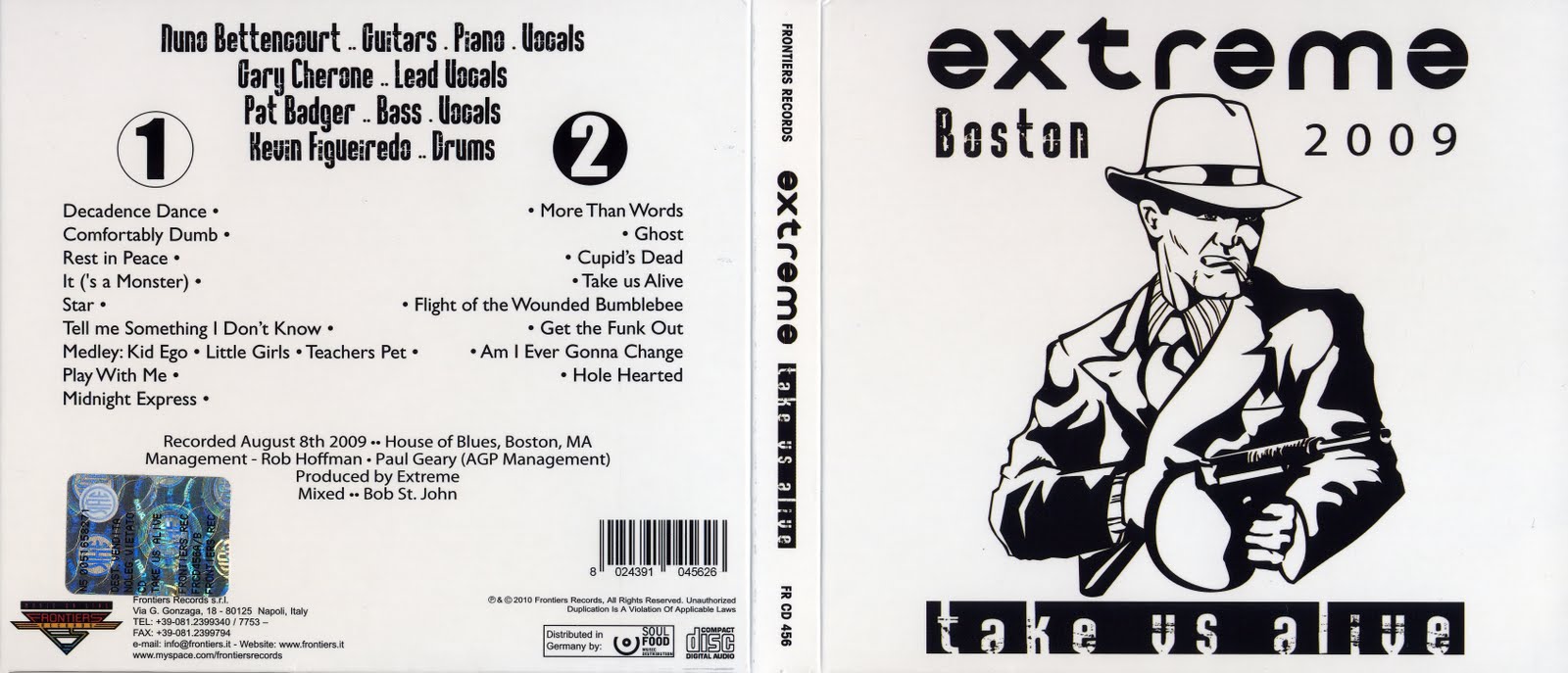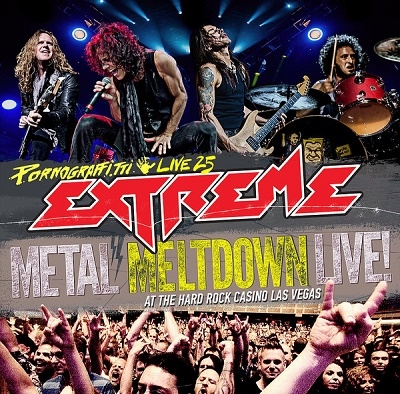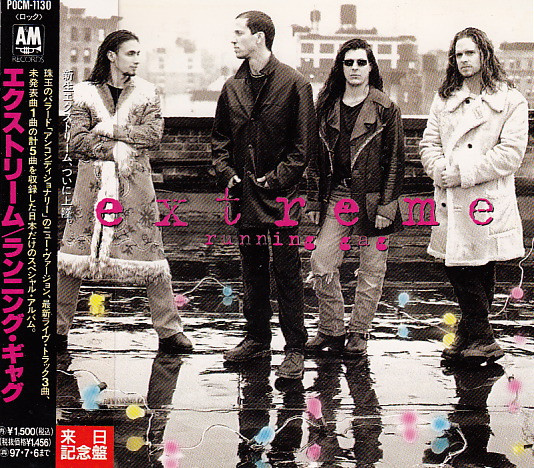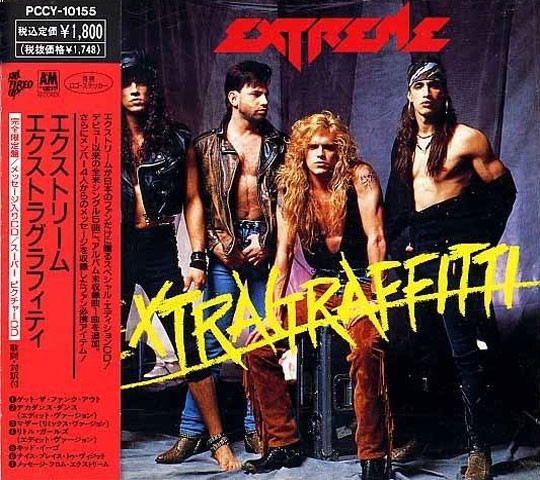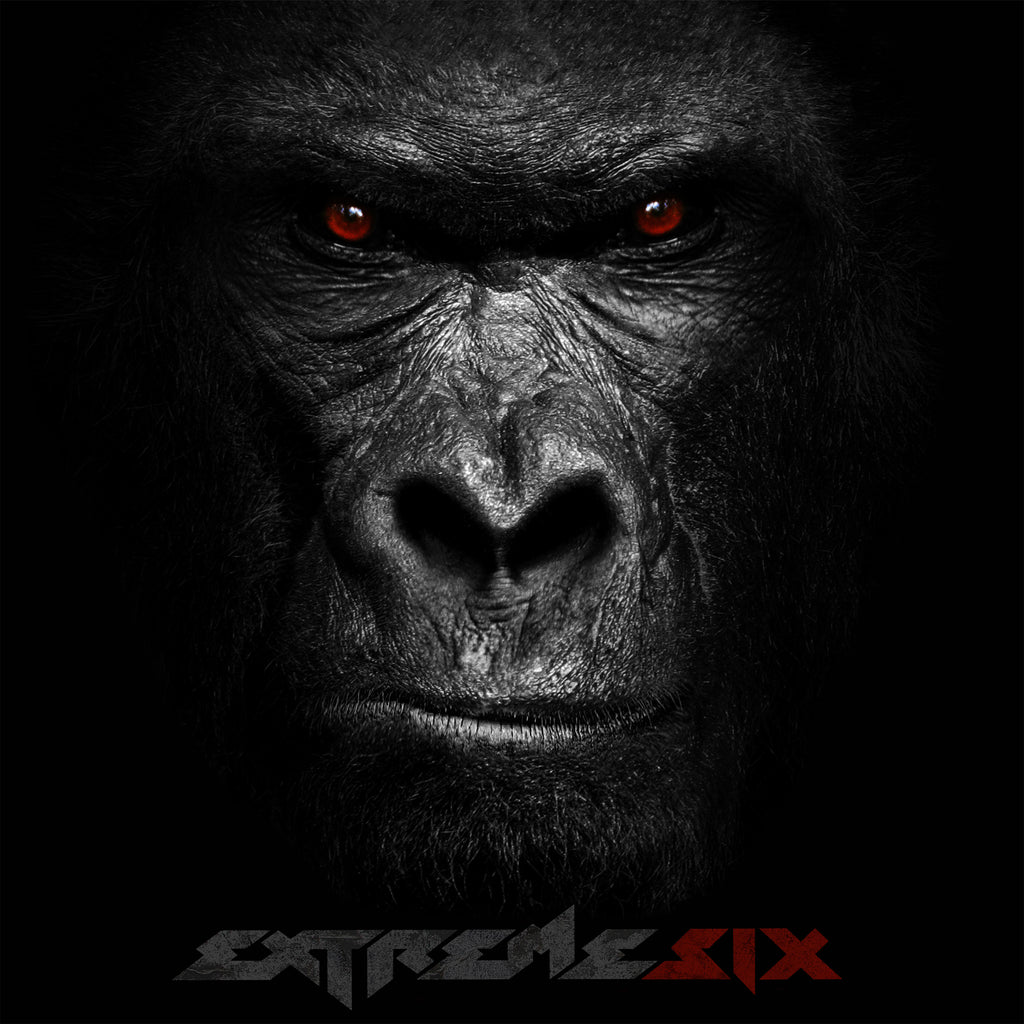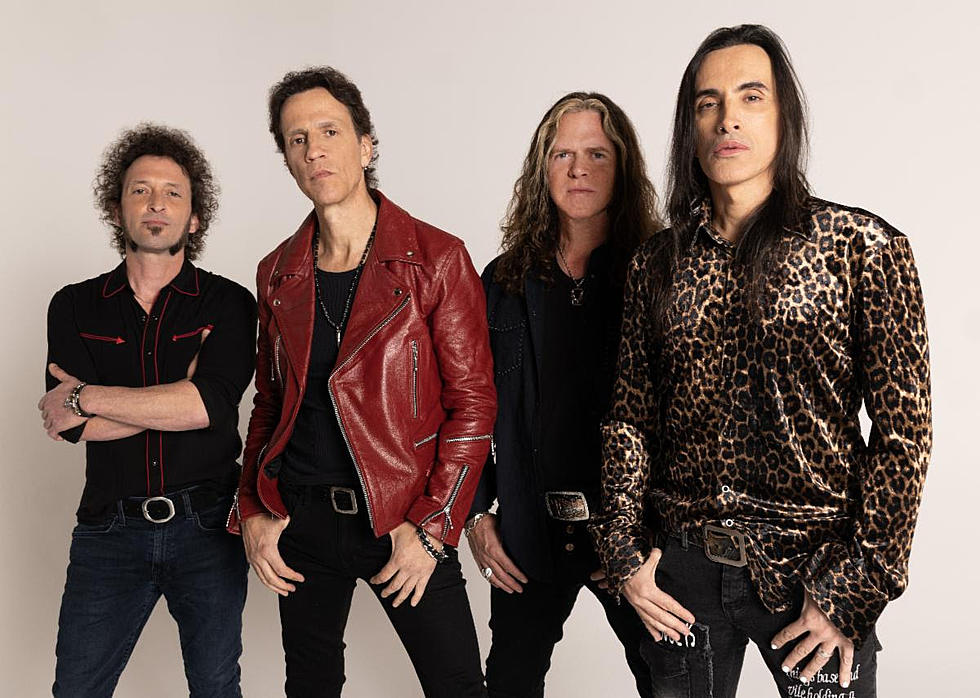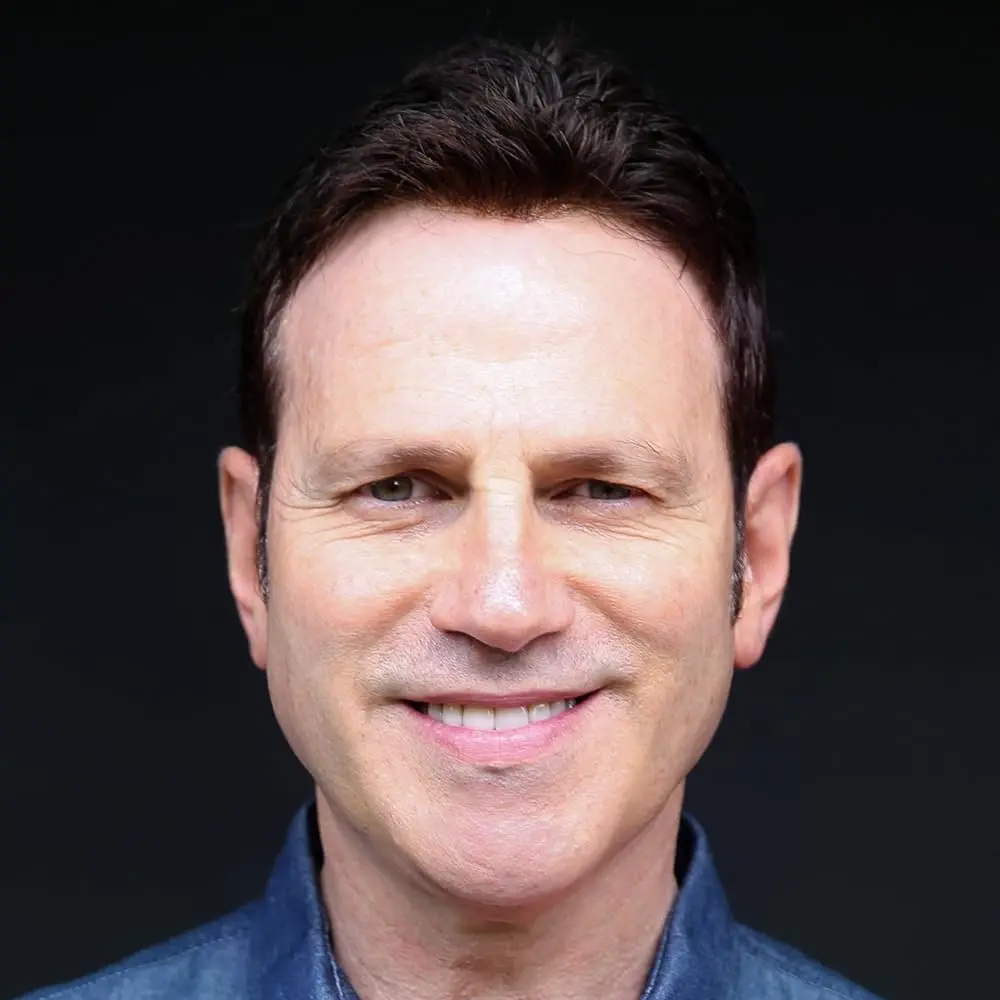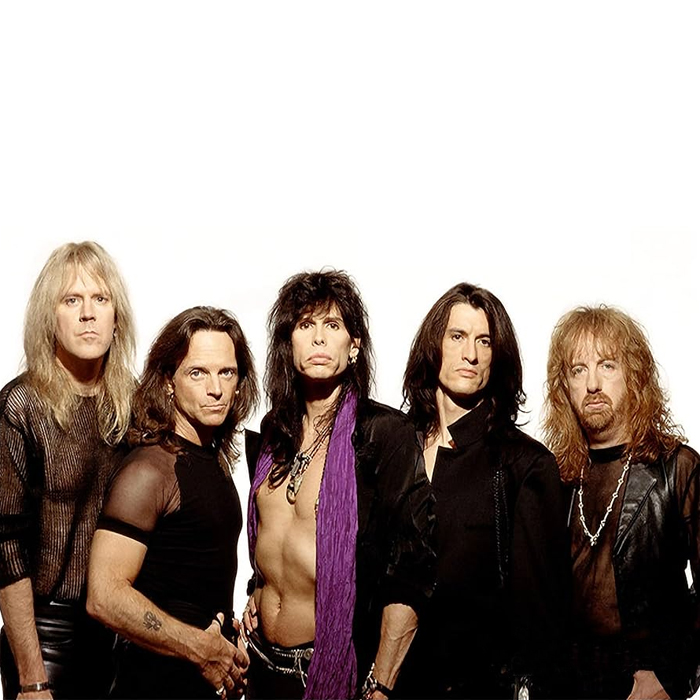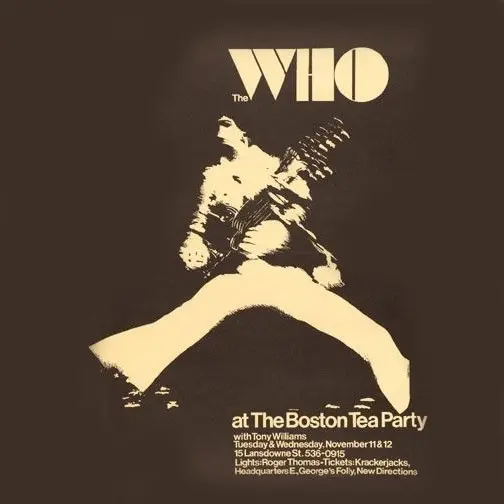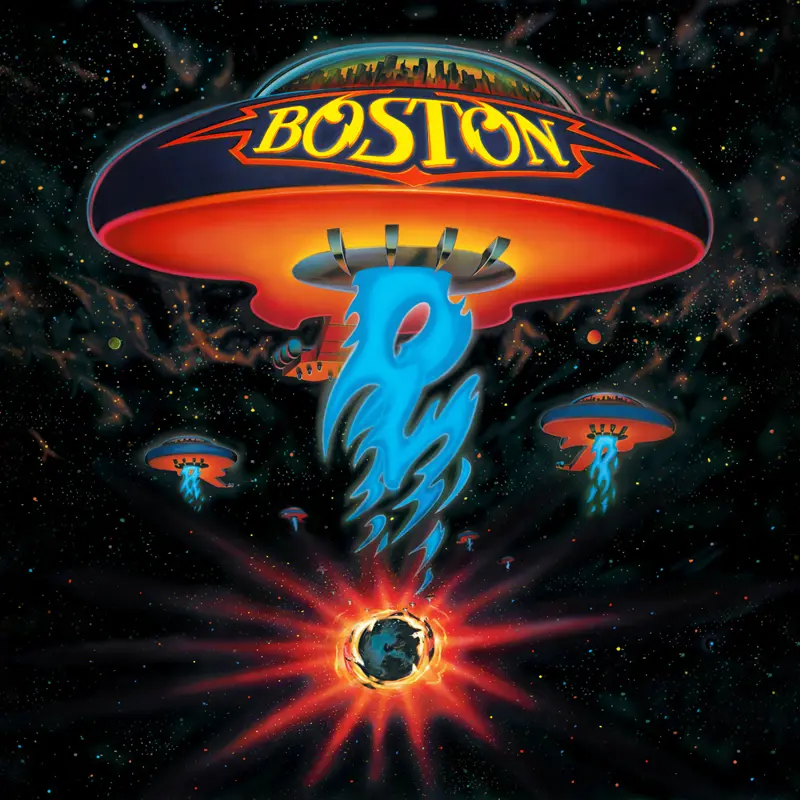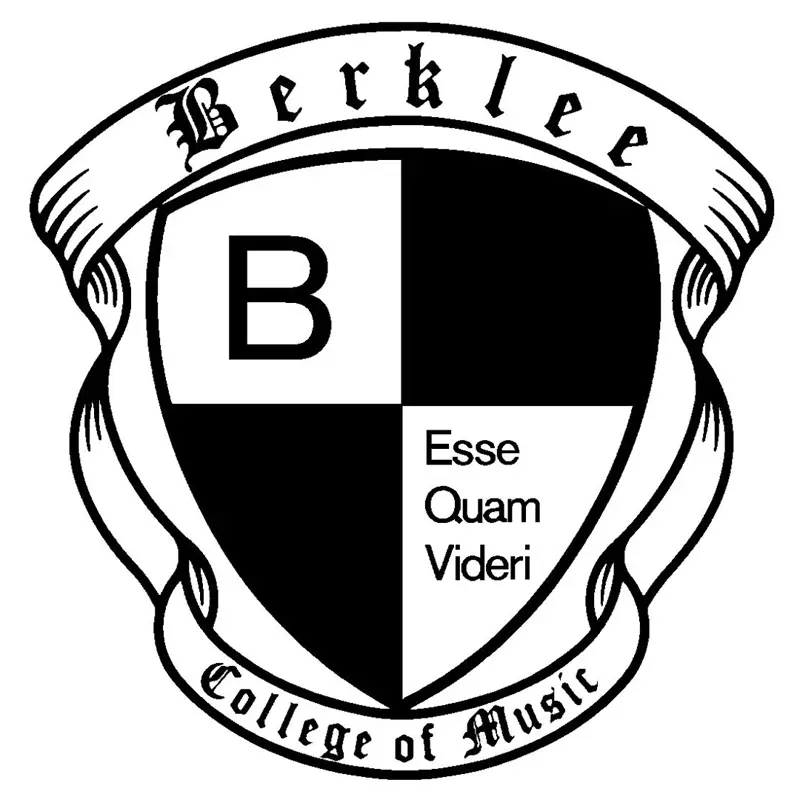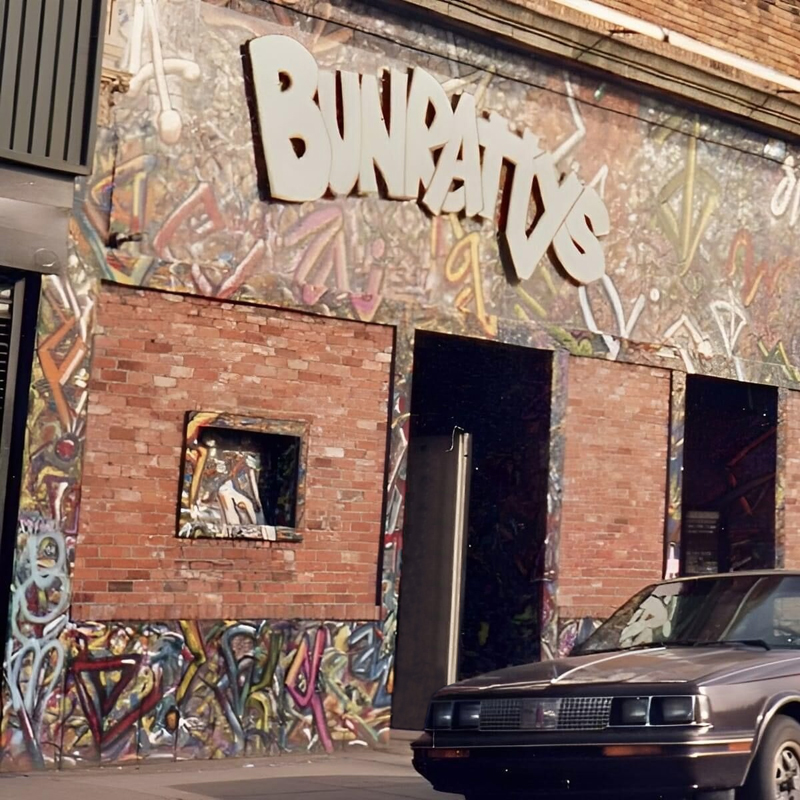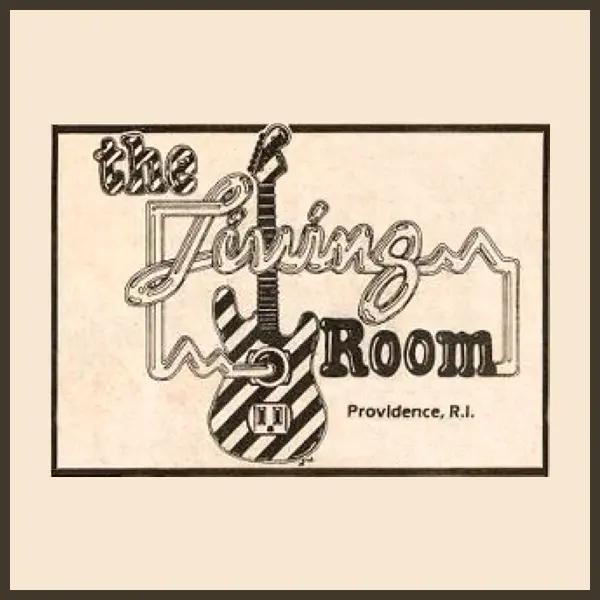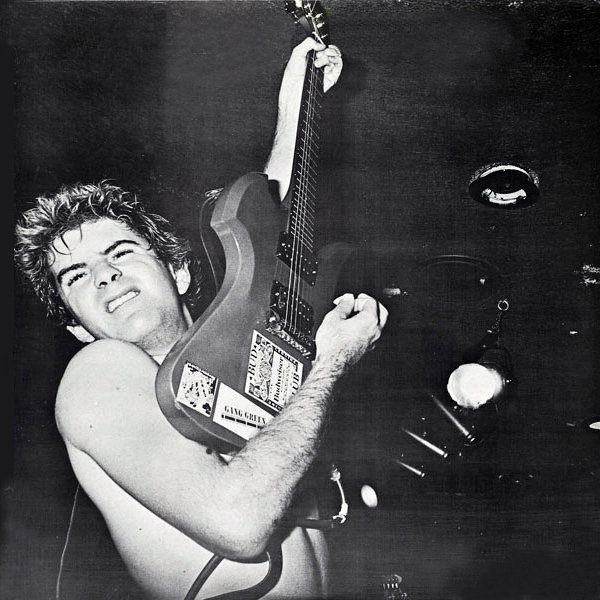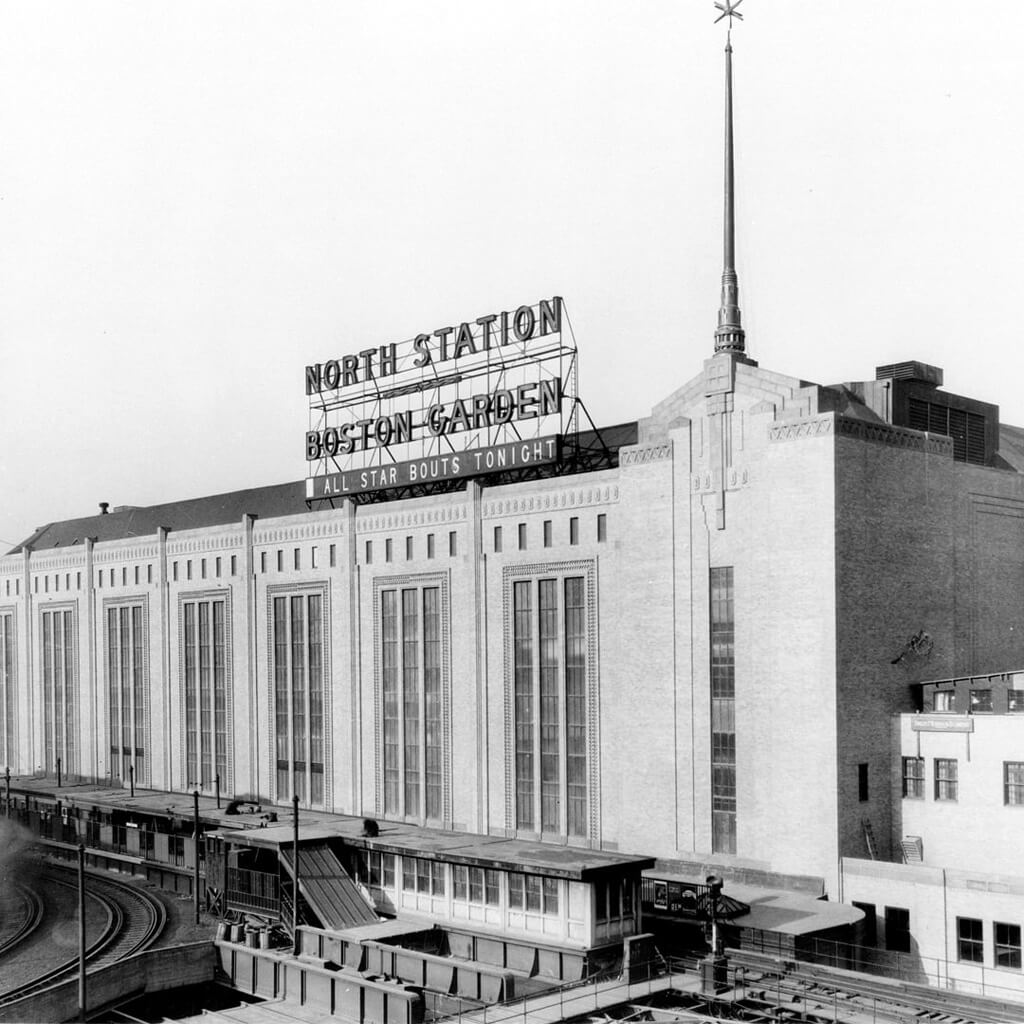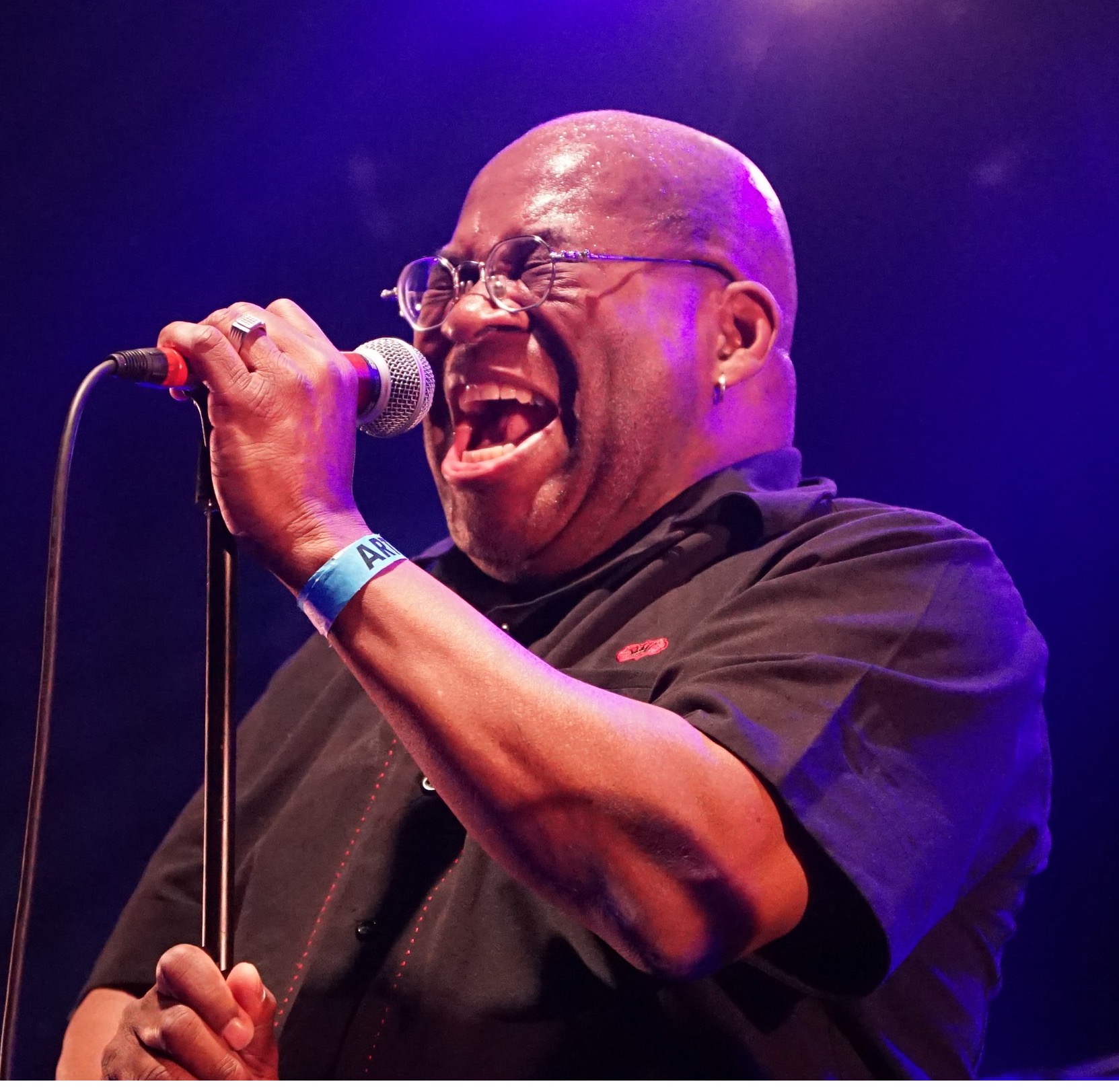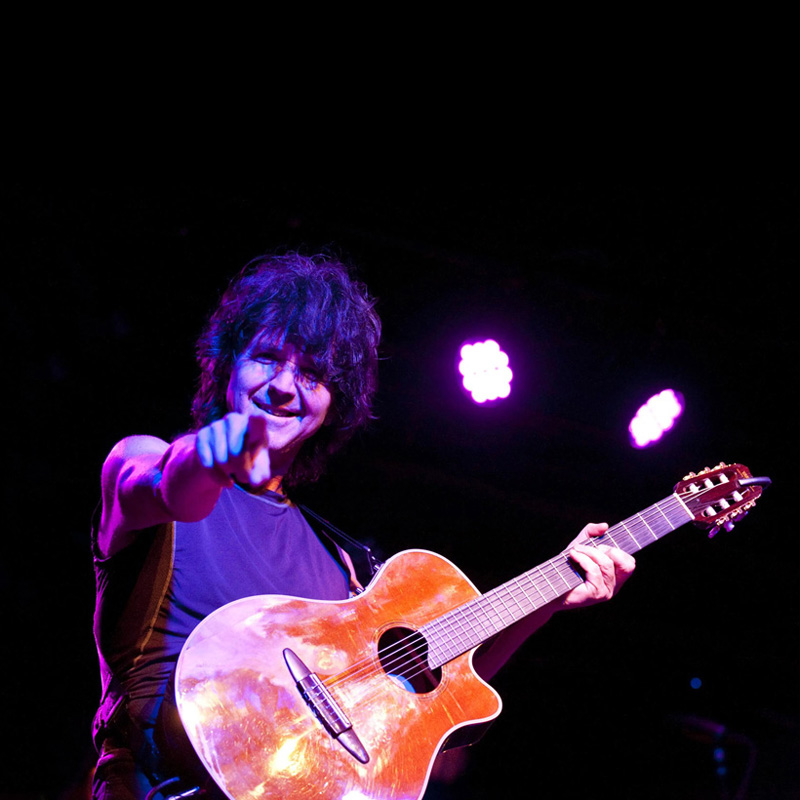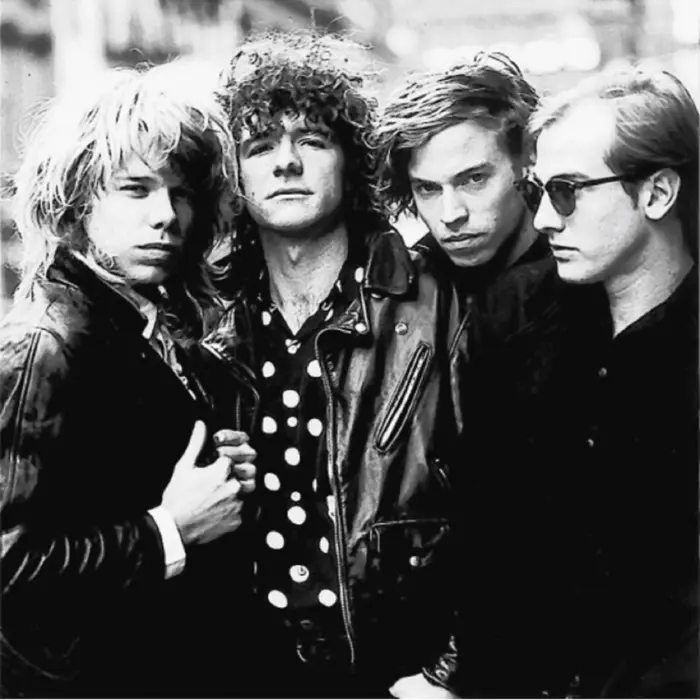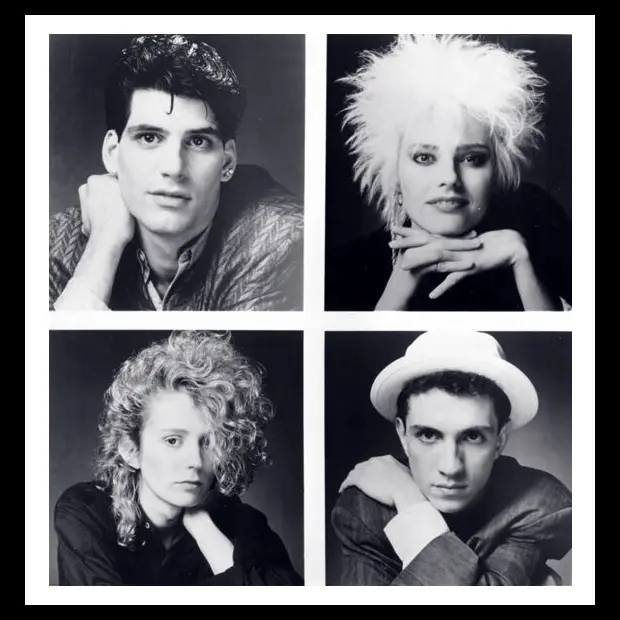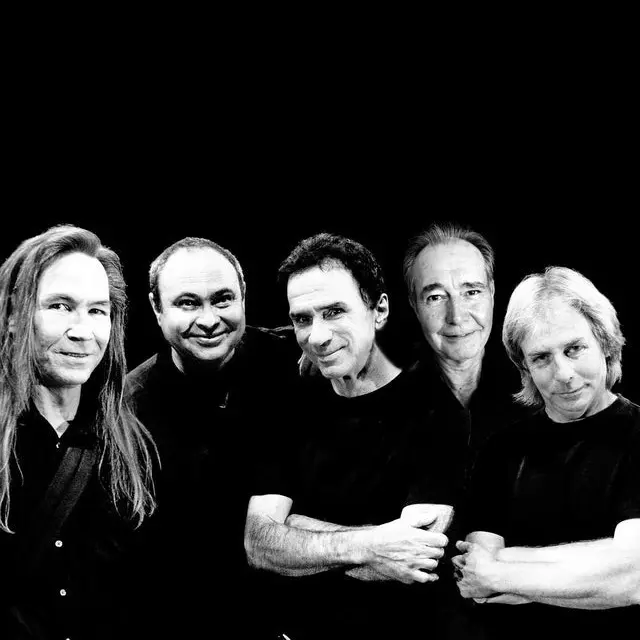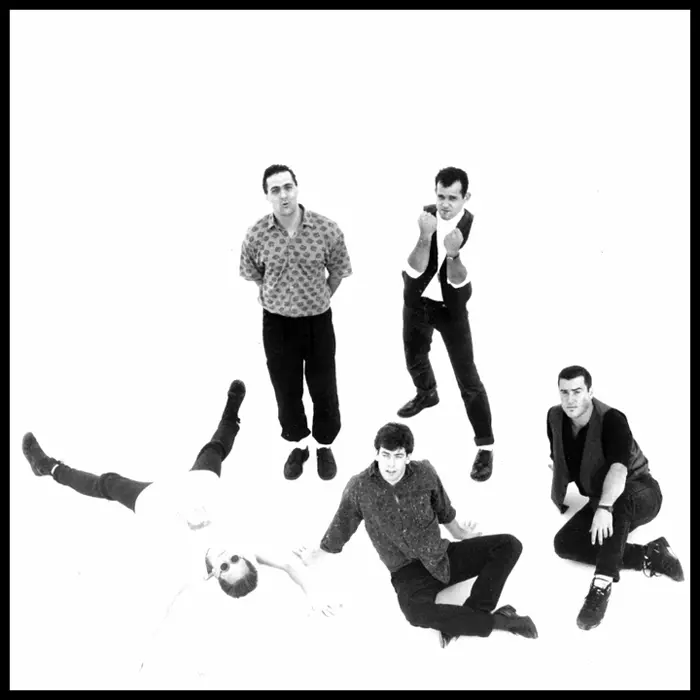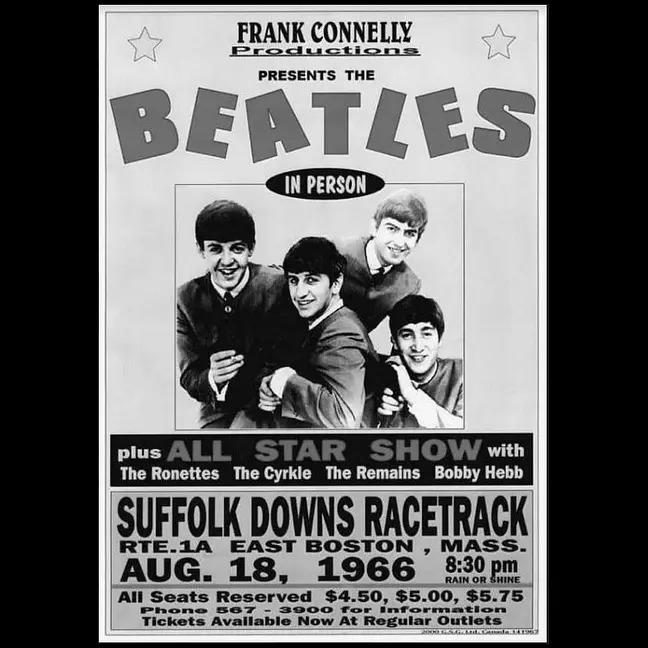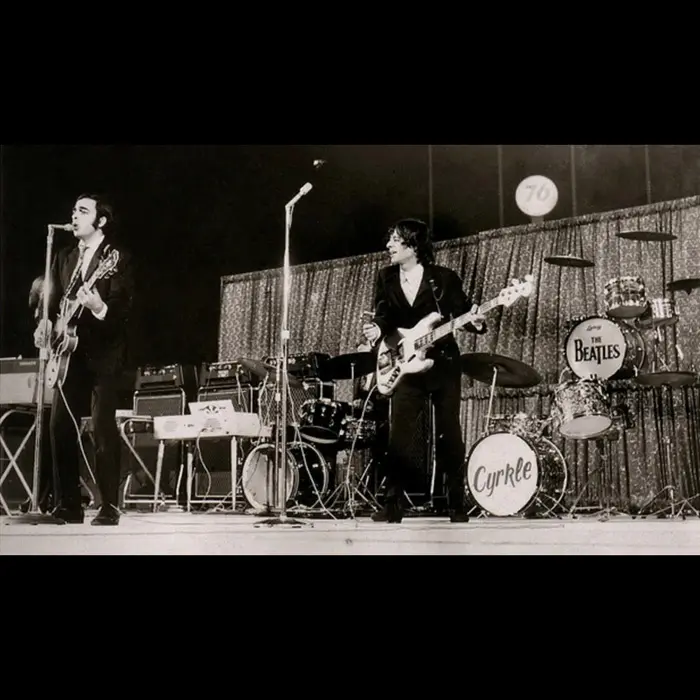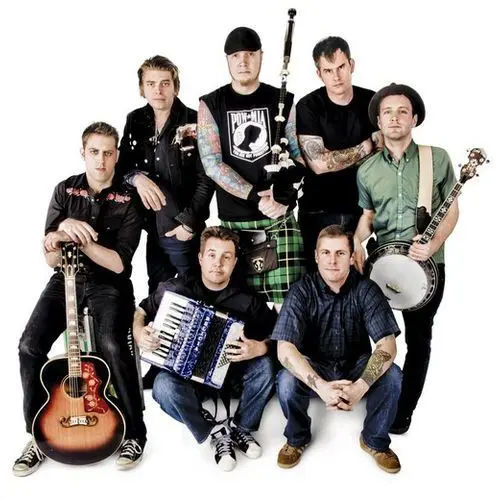Extreme
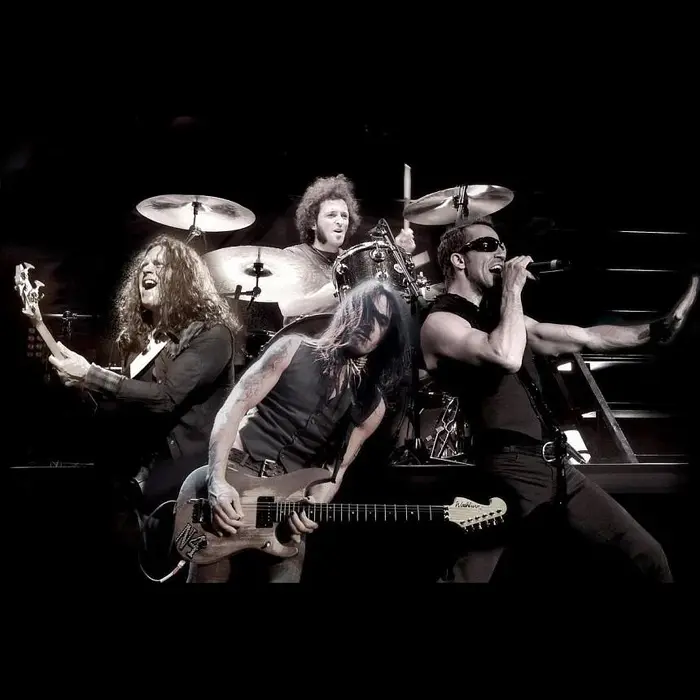
Even those who don’t remember the band’s name offhand can probably hum the chorus of their biggest hit, “More Than Words.” Since 1991, when the tune went to #1 in the US, Canada and four other countries – and #2 in the UK and Australia – it’s become an acoustic-rock classic, a slow-dance staple at proms, weddings and class reunions like Eric Clapton’s “Wonderful Tonight” (1977) and Journey’s “Faithfully” (1984).
But in no way does the song represent Extreme’s signature sound, a funk-and-heavy-metal hybrid brimming with soul, swagger and sensational chops that defies standard categorization. Thus, in the same way Foreigner did in 1984 with “I Want to Know What Love Is” – which sailed to #1 in the US, Canada, the UK and Australia – they became most famous for an Everly Brothers-like ballad that’s no more “extreme” than that duo’s “Cathy’s Clown,” “’Til I Kissed You“ or “Crying in the Rain.”
All that aside, since “More Than Words” put them on the global map, they’ve become one of the most successful hard-rock acts of all time – despite gaps as long as 15 years between recordings – with album sales of over 10 million. The quartet has cut two EPs, two live LPs and six studio discs, the latest being aptly titled Six, and continues to sell out arena-sized venues across North America, the UK, Europe, Asia and Australia.
FORMATION
Extreme was formed in Boston in early 1985, the heyday of hair and glam metal, by four veterans of the city’s rock scene, each of whom was raised in Massachusetts: vocalist Gary Cherone (Malden, b. 1961), guitarist Nuno Bettencourt (Hudson, b. 1966), bassist Pat Badger (Groveland, b. 1967) and drummer Paul Geary (Medford, b. 1961). Unsurprisingly, they’ve cited ‘70s rock icons like Led Zeppelin, Aerosmith, Queen, Pink Floyd, Boston, Deep Purple, Queen and The Who as early influences.
Before the group came together, Bettencourt was playing in Sinful and Badger was part of Berklee-based In The Pink. Cherone and Geary were in Adrenalin, formed in 1979, and The Dream, formed in 1980. The four chose the name “Extreme” because it sounds like “ex-Dream,” according The Virgin Encyclopedia of Popular Music (Virgin, 1997).
EARLY PERFORMANCES, BOSTON MUSIC AWARDS
Cherone and Bettencourt soon established a Mick-and-Keef-style songwriting partnership and the group built a devoted local following through shows at universities and area clubs. By early 1986, Extreme was a mainstay at Boston’s biggest rock club, The Channel, playing the 1,700-seat venue up to four times a month, and had started playing regularly at Bunratty’s, The Living Room and Toad’s Place.
At the 1987 Boston Music Awards, the band tied with Gang Green for Best Heavy Metal/Hardcore Act and in 1998 they won Best Metal Act. In December 1988, Extreme appeared at the WBCN Rock of Boston Concert held at Boston Garden along with Barrence Whitfield & The Savages, O Positive, Tribe, Farrenheit, The Del Fuegos, The Fools and ‘Til Tuesday.
A&M SIGNING, DEBUT ALBUM
Several labels took notice of the band, with combination of Cherone’s voice and Bettencourt’s shredding skills making them Boston’s version of David Lee Roth and Eddie Van Halen, to make the obvious comparison. Their huge hooks and equally huge hair fit the mold of contemporaries like Mötley Crüe, Poison, Ratt and Dokken and in mid-1988 the group signed with A&M.
The label released Extreme’s self-titled debut album, produced by Reinhold Mack (Scorpions, Queen), in March 1989 and it reached #80 in the Billboard 200. Though categorized as glam metal by A&M, a number of critics said funk metal was a more accurate term, comparing their sound to bands like Living Colour and Faith No More. Though it failed to achieve broad success, the LP sold well for a debut – about 300,000 units – and the single “Kid Ego” hit #38 in the Billboard Mainstream Rock chart.
The band supported the disc by touring the US nonstop throughout 1989. In October that year, they played their first gigs in Japan, where Extreme has a rabid following to this day; A&M released the group’s only two EPs, 1990’s Extragrafitti and 1995’s Running Gag, in the Japanese market exclusively.
EXTREME II: PORNOGRAFFITTI
A&M issued Extreme’s sophomore effort, Extreme II: Pornograffiti, in August 1990 and it obliterated any concerns about mainstream commercial viability. Partially recorded at Courtlen Recording in Hansen, Massachusetts, the LP features a smorgasbord of styles, from full-on heavy metal to George Clinton-style funk and the acoustic ballad that launched the group into the rock ‘n’ roll stratosphere. The album hit #10 in the Billboard 200 while the Cherone-Bettencourt-penned “More Than Words” went to #1 in the Hot 100 and Canada’s RPM chart and #2 in Australia and the UK. The second single was another acoustic track, “Hole Hearted,” which reached #4 in the Hot 100 while “Get the Funk Out” and “Decadence Dance” reached #34 and #45 in the Billboard Mainstream Rock Chart respectively.
According to Bettencourt in a 2016 interview with Billboard, getting A&M to issue “More Than Words” as a single was a major effort. “[They] didn’t want to release it as a single because there was nothing on the radio like that at the time,” he said. “The label said, ‘Who’s going to play it?’ Everybody was doing big power ballads at the time, and this was more like an Everly Brothers or Beatles track. But we fought for it.”
Rolling Stone put Pornograffiti at #13 in its list of “50 Greatest Hair Metal Albums of All Time,” Ultimate Classic Rock ranked it #8 its “Top 30 Glam Metal Albums” and, in The Big Book of Hair Metal (Voyageur Press, 2014), Martin Popoff called it “a thinking man’s hair metal album.” In 1991, Guitar World magazine named Bettencourt its “Most Valuable Player.”
III SIDES TO EVERY STORY
In spring 1992, the band began sessions for their third album, III Sides to Every Story, partially recorded at Abbey Road Studios in London. They took a break from recording to appear at the Freddie Mercury tribute concert held in April before an audience of some 80,000 at Wembley Stadium, playing an acoustic medley that dramatically expanded their international fanbase.
But not even that could help the band overcome the tectonic shift in rock that happened in the early ‘90s: the rise of grunge and the resulting move from big hair and spandex to greasy hair and flannel. III Sides to Every Story debuted at #10 in the Billboard 200 when it was released in September but turned out to be a commercial flop compared to its multi-million-unit predecessor, selling only about 700,000. The first single “Rest in Peace” hit #1 in the Billboard Album Rock Tracks chart but just #96 in the Hot 100. The second and third singles, “Stop the World” and “Tragic Comic,” didn’t chart in the US.
WAITING FOR THE PUNCHLINE
In 1994, drummer Geary left to start a career in artist management, replaced by Newton, Massachusetts, native Mike Mangini, who appears on three tracks of Extreme’s fourth album, Waiting for the Punchline; Geary is behind the kit on the other 10 songs. Released in February 1995, it was a major departure from Extreme’s previous studio outings, with a raw sound that’s light years apart far from the stadium-ready production fans had come to expect.
Critics postulated that the band was trying to sound grungier, but the disc was commercial nonstarter in terms of regaining mainstream momentum; it sailed to #1 in Billboard‘s Rock & Metal Albums chart but stalled at #40 in the Billboard 200 and none of the album’s the three singles charted in the US.
FIRST HIATUS, FIRST REUNION, SAUDADES DE ROCK, TAKE US ALIVE
In 1996, Extreme began an eight-year hiatus when Bettencourt decided to pursue a solo career. Cherone joined Van Halen until 1999, then cut an album with Tribe of Judah and a four-song solo EP. During the band’s time apart, A&M issued a 13-track compilation, The Best of Extreme: An Accidental Collocation of Atoms? (1997), and Spectrum Records released a 15-track one, Extreme – The Collection (2002).
In September 2004, the “classic” Pornograffitti lineup reunited for a brief tour that included an appearance with Dropkick Murphys at Government Center in Boston, followed by shows in Japan in early 2005. In August 2008, Philips Records’ sublabel Fontana released Saudades de Rock, featuring Cherone, Bettencourt, Badger and new drummer Kevin Figueiredo, a Hudson, Massachusetts, native like Bettencourt who’d played alongside him in a previous band, DramaGods. Original drummer Geary stayed with the group in a management capacity.
Though the album peaked at a disappointing #78 in the Billboard 200, it made it to #9 in the Billboard Independent Albums chart, #12 in the Top Hard Rock Albums rankings, #12 in the UK and #13 in Japan. After a 2008 tour of the US and the UK, the group hit the road with Ratt in 2009, recording the 17-track live DVD Take Us Alive on the last night of the tour, at the House of Blues in Boston. “We wanted to do something really special for our hometown fans,” Bettencourt told Planet Rock magazine. “We couldn’t think of a better way to celebrate than by bringing it back to where it all started.”
SECOND HIATUS, SECOND REUNION, PORNOGRAFFITTI LIVE 25, SIX
Between 2010 and 2015, the band took another break as Bettencourt toured with Rihanna and Cherone formed Hurtsmile. Shows in Japan and Australia were slated for 2012 but never came to fruition, largely due to Bettencourt’s commitments with Rihanna.
In 2015, the group began making semi-regular appearances, including one at the Hard Rock Casino in Las Vegas in May, recorded for the live CD/DVD Pornograffitti Live 25: Metal Meltdown, released by Loud & Proud in 2016. In 2018, the band toured Australia with Mr. Big and in 2019 they headlined the ShiRock festival in Ukhrul, India, with Nazareth, playing to over 30,000 fans. In September 2022, they opened Aerosmith’s 50th anniversary concert at Fenway Park.
In early 2023, Extreme recorded their sixth album, Six, released by the German indie label earMusic in June. Like Saudades de Rock, it didn’t make much of a splash in the US, peaking at #67 in the Billboard 200, but fared well in the UK (#2) and Japan (#3). In a review for Classic Rock magazine, critic Philip Wilding noted the LP’s unique stylistic mix, writing that it “veers between pop and metal but never sounds misplaced.”
COMMENTS ON BEING “THE ‘MORE THAN WORDS’ GUYS”
Asked in a 2008 interview about the massive success of “More Than Words” in 1991, Charone said that the band grew to hate playing the song so much that in early 1994, shortly before a European tour with Aerosmith, they decided to stop playing it. “We were tagged ‘the More Than Words guys’ and we didn’t like the perception the song created about the band,” he said.
He also explained how Aerosmith frontman Steven Tyler changed his mind – in a not-so-subtle way – before a show in Poland. ”A couple nights into the tour, in big letters on our dressing room door, he wrote ‘PLAY THE FUCKING SONG!’ His attitude was almost father-like. Steven said, ‘Look, this is your first time in Poland. When do you think you’ll be back? They want to hear it, so play it!’”
(by D.S. Monahan)

